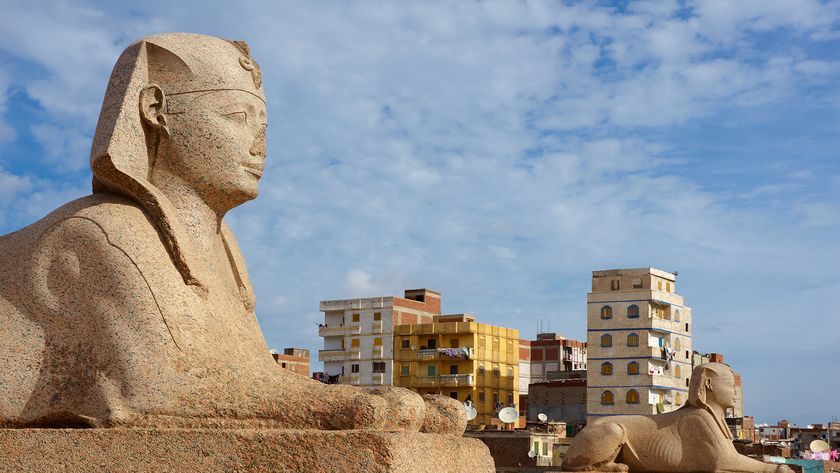
In Amazon, New Species Discovered Every 3 Days
The Amazon, the world's largest remaining rainforest, has only improved upon its reputation as a biodiversity superstar over the last ten years, according to a new report released Oct. 26 by the conservation group WWF.
Between 1999 and 2009, scientists cataloged more than 1,200 new species of plants and animals in the Amazon, including a 13-foot (4-meter)-long anaconda, a bald-headed, rainbow-hued parrot and a tiny, blind, crimson catfish.
The parade of discoveries amounts to uncovering a brand new species every three days for a decade. [Amazing creatures discovered in the Amazon.]
Amazon Alive!
The WWF rolled out the report, "Amazon Alive!," at the 10th U.N. conference for the Convention on Biological Diversity, now in its second week in Nagoya, Japan. Representatives from governments around the globe are meeting to discuss new targets to stem the loss of biodiversity worldwide, in the wake of the overall failure to meet the goals set ahead of the 2010 meeting.
"The purpose of the report is to get people excited about the wonders of the Amazon, and to draw the attention the Amazon deserves in terms of being a focus for conservation efforts," said Meg Symington, WWF's managing director for the Amazon.
The Amazon is home to one in ten known terrestrial species on the planet, many of which aren't found anywhere else on Earth.
Sign up for the Live Science daily newsletter now
Get the world’s most fascinating discoveries delivered straight to your inbox.
"We do need to be careful with habitat destruction," Symington told OurAmazingPlanet. "At the current rate, we could lose many of these species if we don't act now."
Symington said her organization is working with policymakers in all the countries of the Amazon — a vast region measuring more than 2.5 million square miles (6.7 million sq km) of 600 different types of land and freshwater habitats extending into Brazil, Bolivia, Peru, Ecuador, Colombia, Venezuela, Guyana, Suriname and French Guiana.
Declining deforestation
Although the region remained largely mysterious and untouched by humans for centuries, in just the last 50 years more than 17 percent of the Amazon's trees have been toppled, cleared mostly for agriculture and farming. Roughly 80 percent of deforested lands are now occupied by cattle pastures, according to the WWF report.
However, the numbers are not all grim. Symington said governments in the region have made serious progress in creating protected areas, and that last year's deforestation rates for Brazil were the lowest since systematic record-keeping began.
"But part of that decrease could have been accounted for by the economic downturn," Symington said. "When commodity prices go up, there's more pressure to convert land for cattle ranching."
In addition to noting that the Amazon provides basic necessities and livelihoods for as many as 30 million people in South America, the report highlights that people worldwide have a stake in the survival of the rainforest.
The region's plants and trees store between 90 and 140 billion tons of carbon. If even a portion of that carbon is released through further deforestation, the report warns, the resulting increase in the greenhouse gas in the atmosphere would significantly accelerate global warming.
"Probably the most helpful thing we could do here in the U.S. would be to pass climate change legislation," Symington said, "or to really get serious about climate change. It's a huge threat to the Amazon."
- Image Gallery: New Species of the Amazon
- Traveling the Transamazon Highway: A Journey in Pictures
- Why Nature's Services Should Come With Price Tags
This article was provided by OurAmazingPlanet, a sister site to LiveScience.












